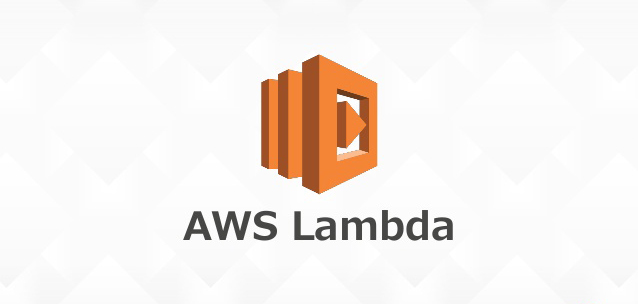Article summary
For my current project, we’ve been using AWS Lambda as our backend. There are a handful of nice tutorials for connecting to an RDS database from an Lambda function. But I couldn’t find many for deploying new code along with a database migration.
In our case we’re using node.js to run our lambda function and Knex.js for talking to our database. And this excellent blog post by a fellow Atom gets us setup with migrations, but we’d like these to somehow automatically run when we push new code to our lambda functions.
Ideally, I’d like to be able to push new code along with a database migration and have both updated atomically. I suspect the large-scale way of solving this problem is to perform an update as a sequence of smaller, backwards-compatible updates. For Lambda functions with a lot of traffic, that’s probably the best way to go. But for Lambda functions without a lot of load, it would definitely be a lot more convenient to be able update both atomically.
So here’s how we solved that problem:
Migrate on Deploy
What makes this problem tricky is that at any given time, you could potentially have multiple invocations of your Lambda function running simultaneously. When you push out new code, not all of them will be updated at once.
It’s important to remember that there are two cases when code is run in your AWS Lambda function: when your function runs the first time in a given container (which is when your initialization gets run) and when your function handler gets invoked during normal operation.
So you should do the following for each Lambda:
- During initial startup: Attempt to do a migration inside a transaction. If your database is up to date, you do nothing and continue. If it’s not, you perform the database migration. Because you’re running it inside a transaction, it will block all other Lambda functions from running on your migrating tables until after the migration is finished. Then continue as normal.
- During normal operation: Do all DB operations inside a transaction. Then check to see if the database has the same version of the schema as you expect. If not, bail out with an error that asks the client to try again later. Otherwise, proceed as normal.
The Code
The code ends up looking like this. I then wrap any code that wants to talk to the DB with a call to withDB In our case our handler is simple enough I just wrap the whole body of the handler.
"use strict";
console.log("Loading function");
const environment = process.env.NODE_ENV || "development";
const knex_config = require("./knexfile");
const knexF = require("knex");
const knex = knexF(knex_config[environment]);
// This will run once when the Lambda container starts
const migrations = knex.migrate.latest()
.then(function () {
console.log("Migrations complete");
}).catch((err) => {
console.log("Error running migrations: ", err);
});
const DB_OUT_OF_SYNC = "Database out of sync with Lambda function";
function withDB(f) {
// make sure migrations finished if they happend at all
return migrations.then(() => {
// start a transaction
return knex.transaction((trx) => {
// check to see if our database is in the state we expect
return trx.migrate.status().then((status) => {
if (status === 0) {
// we're good to go!
return f(trx)
} else {
// bail out, we're likely being replaced by a newer Lambda function
throw DB_OUT_OF_SYNC;
}
})
});
});
}

